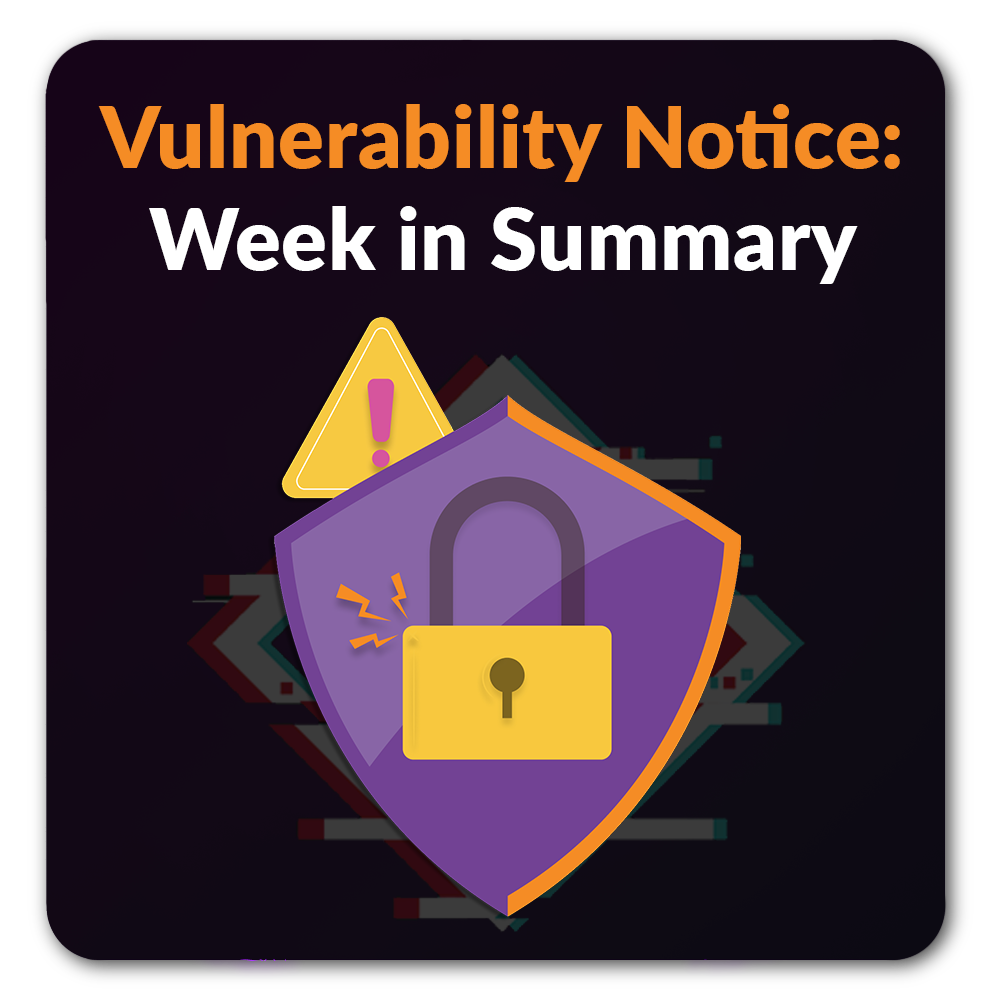Title: Keap Official Opt-in Forms <= 2.0.1 – Unauthenticated Limited Local File Inclusion
Published Date: Feb 18, 2025
Risk Index: 4.96 of 10 (Medium)
Summary: A critical vulnerability, identified as CVE-2024-13725, has been found in the Keap Official Opt-in Forms plugin for WordPress. This vulnerability involves a Local File Inclusion (LFI) flaw, which allows unauthenticated attackers to include PHP files stored on the server. Exploitation of this vulnerability could lead to bypassing access controls, leaking sensitive data, or even executing arbitrary PHP code on the server. This issue can further escalate to Remote Code Execution (RCE) on systems where specific configurations such as `register_argc_argv` are enabled and pearcmd.php is present.
If exploited, this vulnerability could result in severe consequences:
● Unauthorized Access: The inclusion of unintended files could bypass authentication mechanisms or access controls.
● Sensitive Data Exposure: Attackers might gain access to sensitive or system-critical data, such as configuration files containing database credentials and API keys.
● Arbitrary Code Execution: By including malicious PHP files, attackers can execute arbitrary code on the affected server, potentially leading to complete server compromise.
● Remote Code Execution (RCE): On servers where specific prerequisites are met, such as `register_argc_argv` being enabled and pearcmd.php being present, the vulnerability can escalate to RCE, allowing attackers to execute commands on the server as though they were a legitimate system administrator.
Title: CarSpot – Dealership WordPress Classified Theme <= 2.4.3 – Unauthenticated Arbitrary Password Reset/Account Takeover
Published Date: Feb 18, 2025
Risk Index: 4.67 of 10 (Medium)
Summary: A critical vulnerability has been identified in the CarSpot – Dealership WordPress Classified Theme, a popular theme for WordPress users. This vulnerability allows unauthenticated attackers to reset arbitrary user passwords, including those of administrators. This could result in account takeovers by malicious actors, escalating privileges and gaining full control of the affected WordPress site.
If exploited, this vulnerability could allow unauthenticated attackers to:
● Alter passwords of any user account, including administrative accounts.
● Take complete control of the WordPress site, assuming an administrator’s role.
● Execute further malicious activities such as uploading malware, altering content, or compromising sensitive data.
● Use the compromised site as a base to execute phishing or upload malicious payloads, potentially impacting end-users and destroying the integrity of the website.
This combination of privilege escalation, account takeover, and ease of exploitation makes the vulnerability not just a threat to individual sites but to the broader WordPress user community.
Title: PAN-OS: Authentication Bypass in the Management Web Interface
Published Date: Feb 12, 2025
Risk Index: 9.76 of 10 (Critical)
Summary: A critical vulnerability, identified as CVE-2025-0108, has been discovered in the management web interface of Palo Alto Networks PAN-OS software. This vulnerability permits unauthenticated attackers to bypass authentication and invoke specific PHP scripts, granting them unauthorized access to certain functionalities. Although remote code execution is not facilitated by this vulnerability, it compromises the integrity and confidentiality of the affected PAN-OS systems. Palo Alto Networks advises restricting management web interface access to trusted internal IPs to reduce the risk significantly. Products such as Cloud NGFW and Prisma Access software remain unaffected.
Exploitation of CVE-2025-0108 poses significant risks to the confidentiality and integrity of affected PAN-OS systems. By bypassing authentication, unauthorized attackers could gain sensitive information and invoke high-priority administrative functions. These actions could result in: Unauthorized access to configuration data or logs within the network firewall ecosystem. Potential disruption or modification of security rules, thereby creating an unintended gateway for further exploits across the network. Chained exploitation with complementary vulnerabilities like CVE-2025-0111, potentially leading to full compromise of enterprise networks. Organizations that fail to mitigate this vulnerability may risk losing control over their network’s security posture, with attackers potentially enabling widespread intrusion or exfiltration of sensitive data.
Title: RaspberryMatic Unauthenticated Remote Code Execution vulnerability through HMServer File Upload
Published Date: Mar 18, 2024
Risk Index: 9.08 of 10 (Critical)
Summary: A critical vulnerability, identified as CVE-2024-24578, has been discovered in RaspberryMatic, an open-source operating system utilized by HomeMatic internet-of-things (IoT) devices. The issue is due to flaws in the Java-based `HMIPServer.jar` component. Specifically, unauthenticated remote code execution (RCE) can be achieved through improperly validated file upload processes, enabling unauthorized attackers to compromise the system entirely by gaining root-level access.
If this vulnerability is exploited, it could lead to severe consequences, including:
● Unauthorized attackers gaining root-level access to compromised devices.
● Complete system compromise, enabling attackers to execute arbitrary commands, steal sensitive data, and control the device’s functionality.
● The potential abuse of the device for launching further attacks in a networked environment, such as Distributed Denial of Service (DDoS).
Given the critical nature of these impacts, this vulnerability is rated as a CVSS v3 score of 10.0 (CRITICAL).
Title: Critical Vulnerabilities in FortiSIEM
Published Date: Feb 05, 2024
Risk Index: 8.65 of 10 (High)
Summary: A critical vulnerability, identified as CVE-2024-23108, exists in the Fortinet FortiSIEM product, spanning multiple versions. This security flaw involves improper neutralization of special elements used in an operating system (OS) command, classifying it as an OS Command Injection vulnerability. By leveraging this weakness, an attacker can execute unauthorized commands or code on the targeted system using specifically crafted API requests. Given its CVSSv3 severity score of 9.8 (CRITICAL), this vulnerability poses significant risks to affected systems.
If successfully exploited, this vulnerability can result in multiple security breaches, including but not limited to:
● Full remote execution of unauthorized OS commands, granting attackers administrative control over the system.
● Unauthorized access to sensitive data within the Configuration Management Database (CMDB).
● Disruption of monitoring and correlation workflows, paralyzing security operations.
● Potential infiltration into connected systems due to FortiSIEM’s role as a central monitoring hub.
The impact of exploitation varies based on the deployment environment but could extend to complete control over critical IT infrastructures.
